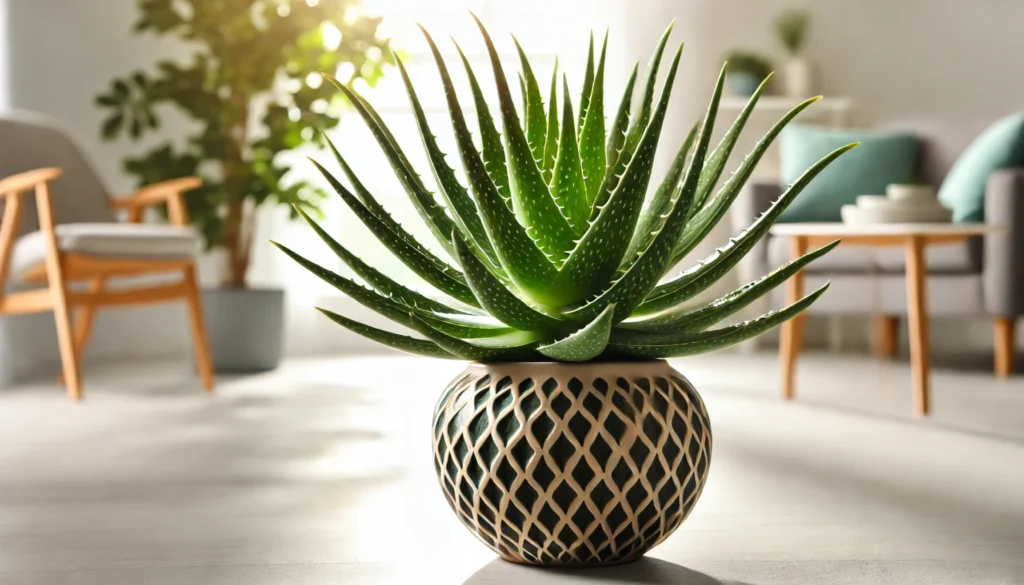
Flamingo Lily, formally known as Anthurium andraeanum, is a striking tropical plant known for its glossy, heart-shaped leaves and vibrant red spathes that resemble a flamingo’s feather. This plant can grow up to 18 inches tall and 12 inches wide, making it a perfect choice for adding a bold pop of color to indoor spaces.
A Tropical Beauty: History and Ideal Growing Conditions
Flamingo Lily hails from the rainforests of Central and South America, where it thrives in warm, humid conditions. It has become a popular indoor plant due to its stunning appearance and relatively easy care requirements. To recreate its natural habitat, this plant prefers bright, indirect light and consistently warm temperatures ranging from 65-80°F. It also enjoys high humidity, so placing it in a bathroom or kitchen can be beneficial.
Is Flamingo Lily Safe for Pets?
While Flamingo Lily is beautiful, it is important to know that it is toxic to pets. The plant contains calcium oxalate crystals, which can cause severe irritation if ingested by cats, dogs, or other small animals.
Pet-Safe Alternatives to Consider
For pet owners, safer alternatives like the Boston Fern (Nephrolepis exaltata) or Areca Palm (Dypsis lutescens) can provide greenery without the risk of toxicity.
Caring for Your Flamingo Lily: Best Practices
Flamingo Lily is relatively low-maintenance, but following a few best practices will ensure it stays healthy and vibrant. Regularly dusting the leaves and trimming any dead or yellowing foliage will keep the plant looking its best.
Watering and Humidity
Water your Flamingo Lily when the top inch of soil feels dry. The plant enjoys moist but not soggy soil. High humidity is crucial for this plant’s health, so consider using a humidity tray or misting the plant regularly.
Soil, Light, and Temperature
Flamingo Lily thrives in well-draining, slightly acidic soil. A mix designed for orchids works well. The plant prefers bright, indirect light and can tolerate lower light levels, though it may bloom less frequently. Keep the plant in a warm environment, away from drafts or sudden temperature changes.
Common Problems and Remedies
Although Flamingo Lily is hardy, it can encounter issues like root rot or pests such as spider mites and aphids. To avoid root rot, ensure the soil drains well and water only when necessary. For pests, use a gentle insecticidal soap or neem oil.
Propagation and Benefits of Flamingo Lily
Flamingo Lily can be propagated by division. Simply separate the plant during repotting and ensure each section has healthy roots and leaves. Beyond its visual appeal, Flamingo Lily is also known for its air-purifying qualities, making it a great addition to any indoor space.
Final Thoughts
Flamingo Lily is an elegant and vibrant houseplant that can brighten up any room. While it is toxic to pets, selecting safe alternatives can help you enjoy a lush, green home without worries. With the right care, your Flamingo Lily will thrive, rewarding you with its stunning red blooms and glossy foliage for years to come.



